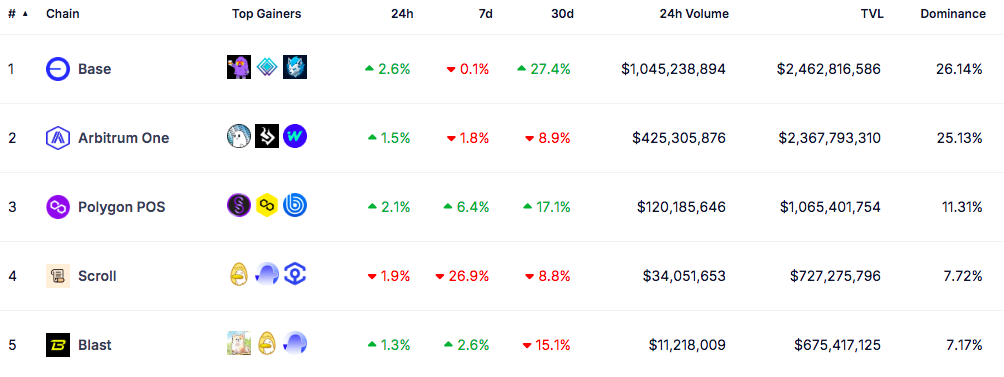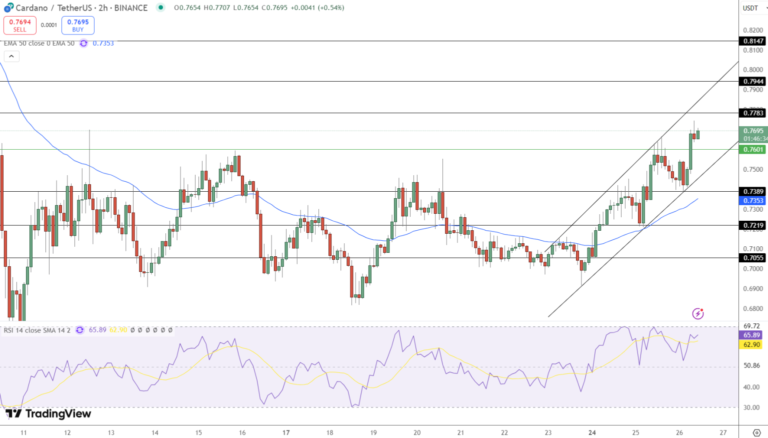Last updated:
 Why Trust Cryptonews
Why Trust Cryptonews

Coinbase’s Ethereum-based Layer-2 blockchain, Base, is set to become more decentralized with the introduction of fault proofs.
The Base team announced in its October 23 X post that permissionless fault proofs would be implemented on October 30, with the goal of eliminating single-entity control and improving network security.
Fault Proofs: Key Changes for Base
Fault proofs are a mechanism that allows users to challenge potentially fraudulent or incorrect transactions on Ethereum Layer-2 networks. By enabling any participant to make claims about the network’s state and dispute invalid withdrawals, Base seeks to reduce its reliance on centralized entities.
Previously, only a centralized entity could propose and validate network state. In the future, anyone can make and challenge fraudulent claims, ensuring greater decentralization.
Withdrawals will also be affected. The process will involve proving and finalizing based on the fault-proof system. The ‘DisputeGameFactory’ contract will also replace the ‘L2OutputOracle,’ enhancing security.
Withdrawals initiated before the upgrade might face a 7-day challenge period. Those after the upgrade will take 7 days but could be delayed due to challenges.
Base’s Dominance in Layer-2
Base, which was developed using Optimism’s OP Stack, is inspired by the successful deployment of fault proofs on Optimism’s flagship blockchain, OP Mainnet. Both networks are part of the Superchain ecosystem, a collection of interconnected Layer-2s.
According to CoinGecko, Base, with a total value locked (TVL) of $2.4 billion, has solidified its position as the largest Ethereum Layer-2 chain in terms of TVL at the time of writing, overtaking Arbitrum (ARB) and Polygon (MATIC).

In Q3 2024, Ethereum Layer-2s experienced an increase in transaction activity, with Base emerging as the most active Layer-2 network, accounting for 42.5% of all transactions.
According to Artemis data, the number of daily active addresses on the Base blockchain has grown from 326,000 in May to 1.4 million in October, representing a massive increase of over 400% in less than six months.
Similarly, daily transactions have surged during the last five months. In May, the daily transaction count was 65.9 million; in September, it reached 137.6 million, indicating a remarkable growth of over 100%.





















